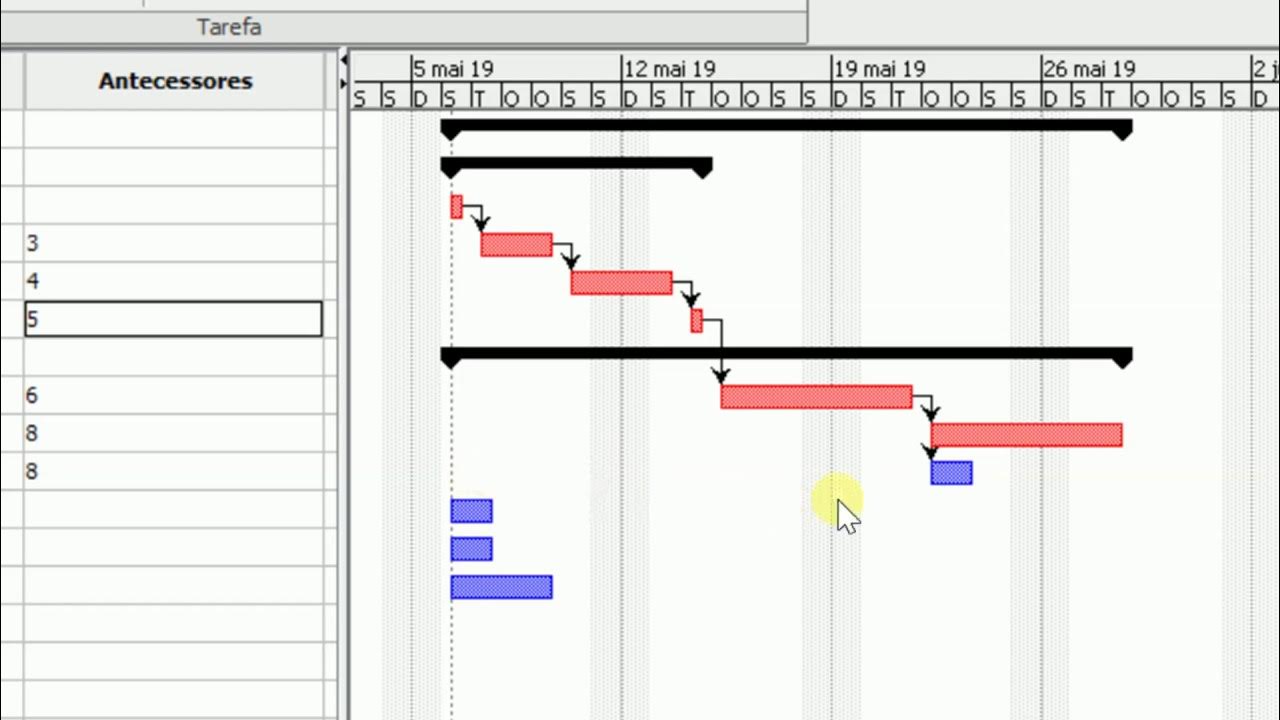What is a Project
Summary
TLDRThis video delves into the fundamentals of project management, defining a project as a temporary endeavor with a clear goal and finite duration. It highlights the difference between projects and operations, emphasizing that projects create unique outputs while operations are ongoing. The video also discusses common challenges, such as handling conflicting stakeholders, managing resources under tight deadlines, and navigating team dynamics. With practical insights on the scope, quality, cost, and time constraints, it offers an in-depth understanding of what makes a successful project and the hurdles managers face in ensuring smooth execution.
Takeaways
- 😀 A project is a temporary endeavor undertaken to create a unique product, service, or result, with a defined goal and interrelated tasks.
- 😀 Projects have a clear beginning and end, with a finite duration, while operations are ongoing and repeat similar tasks indefinitely.
- 😀 Every project operates under constraints such as scope, quality, cost, and time, known as project management constraints.
- 😀 A project involves multiple tasks that depend on each other to achieve a common goal, whereas operations involve continuous production of the same output.
- 😀 The key difference between projects and operations is that projects have a specific goal and a unique outcome, while operations focus on repetitive, routine tasks.
- 😀 Projects require a multi-disciplinary team working together, while operations usually involve roles that perform similar functions, such as production or maintenance.
- 😀 Projects start slow with extensive planning and coordination, but speed up as they move into the execution phase, where the magnitude and pace of activities increase.
- 😀 Successful project execution requires managing competition and deadlines, ensuring resources are used efficiently to meet planned milestones.
- 😀 Conflict often arises in projects due to different stakeholders with varying needs, and managing these conflicts is an important part of project management.
- 😀 Projects are managed by a temporary organization or team that is dissolved once the project deliverables are completed and the project is closed.
Q & A
What is the definition of a project?
-A project is a temporary endeavor undertaken to create a unique product, service, or result. It has a definable goal, interrelated tasks, a finite duration, and operates under scope, quality, cost, and time constraints.
What are the key characteristics of a project?
-Key characteristics of a project include a definable goal, interrelated tasks, a finite duration, unique output, and constraints regarding scope, quality, cost, and time.
How does a project differ from operations?
-A project is temporary with a defined beginning and end, whereas operations are ongoing and repeat continuously with no clear ending.
What is meant by the unique output of a project?
-Each project results in a unique product, service, or result that differs from what is produced through ongoing operations.
What type of teams are typically involved in projects?
-Projects require multidisciplinary teams, often composed of individuals with various skills, working together for a specific, defined goal.
How do projects evolve over time in terms of scale and speed?
-Projects typically start with a planning phase that builds over time, increasing in speed and scale during execution. Initial coordination and documentation evolve into rapid action as the project progresses.
Why is there often competition and pressure to meet deadlines in project management?
-During the execution phase, there is pressure to complete tasks on time, beat deadlines, and allocate resources efficiently to meet the project’s goals.
What challenges are commonly faced in project environments?
-Projects often face conflicts between stakeholders with differing needs, which can make management difficult, especially when individuals who are not part of the project team interfere with decision-making.
How does the temporary nature of a project team affect its structure?
-Project teams are temporary and formed specifically for the duration of the project. Once the project is completed and deliverables are provided, the team is dissolved, and new teams may be formed for different projects.
Why is balancing the constraints of scope, quality, cost, and time important in project management?
-Balancing these constraints is crucial because a project must meet its goals while adhering to limits in time, quality, and resources. Mismanagement in one area can lead to delays, budget overruns, or a poor final product.
Outlines

This section is available to paid users only. Please upgrade to access this part.
Upgrade NowMindmap

This section is available to paid users only. Please upgrade to access this part.
Upgrade NowKeywords

This section is available to paid users only. Please upgrade to access this part.
Upgrade NowHighlights

This section is available to paid users only. Please upgrade to access this part.
Upgrade NowTranscripts

This section is available to paid users only. Please upgrade to access this part.
Upgrade NowBrowse More Related Video

[SP1004] 1.3.1 Project Definitions

002 What is a Project

Lec-01_Phases of Construction Project | Construction Engineering and Management | Civil Engineering

What is Project Management? Definition, Fundamentals, Objectives & Examples - AIMS Education

011 What is the Initiation Phase about Define the project goals

ProjectLibre (Aula 01): Instalação e Criação de um Projeto Básico
5.0 / 5 (0 votes)